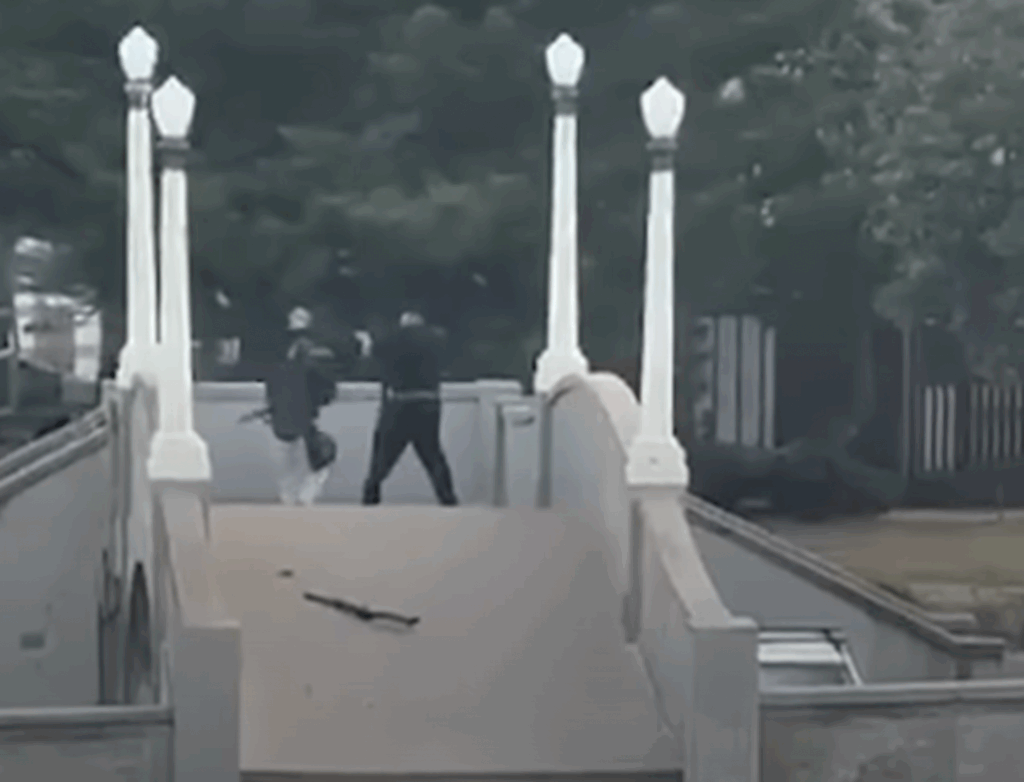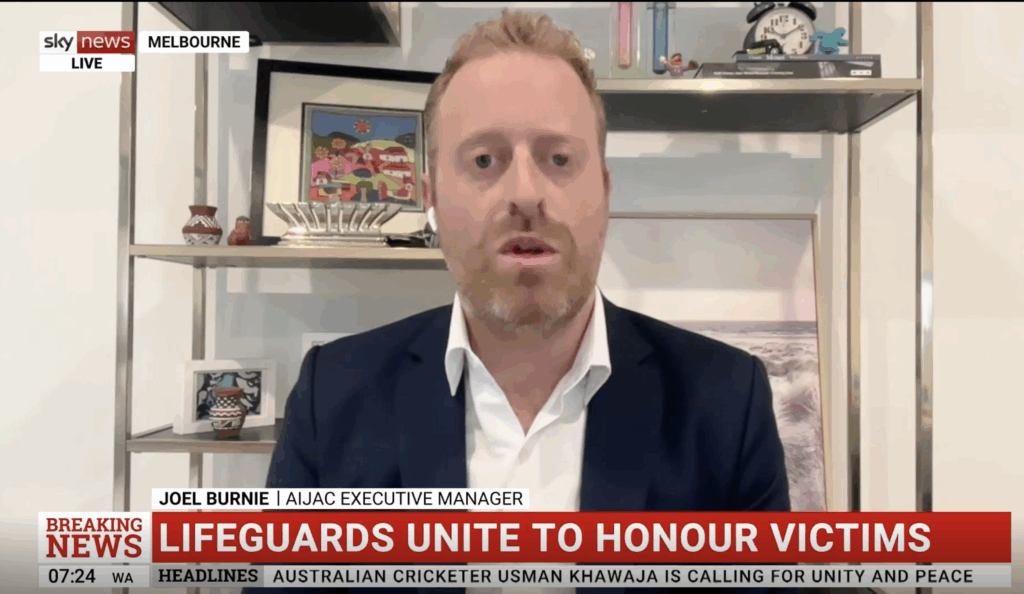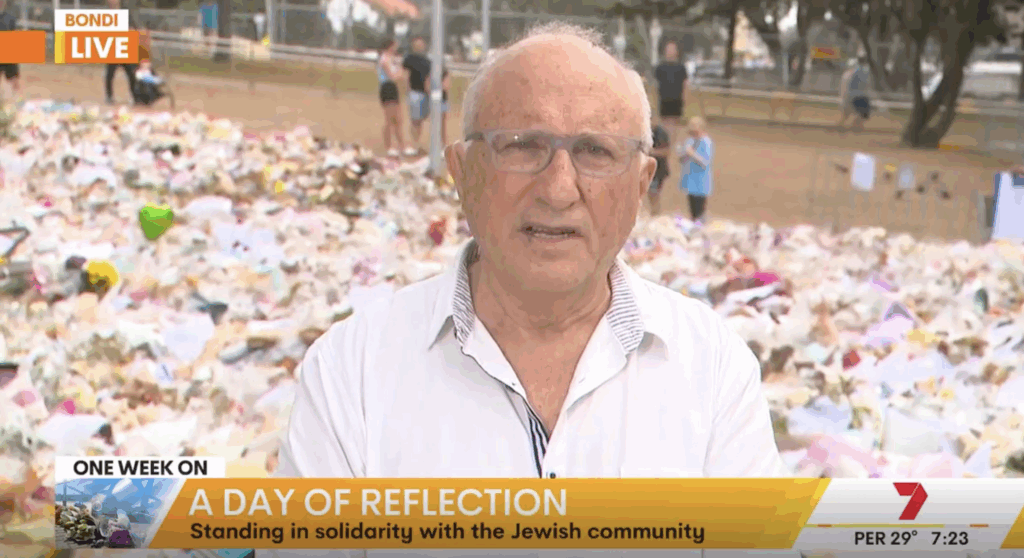Article 1
Turkish Offensive on Islamic State in Syria Caught U.S. Off Guard
Behind scenes, coordination between Washington and Ankara broke down at senior levels, according to officials
When Turkish ground forces delivered a lightning strike on Islamic State fighters in Syria last week, the Pentagon hailed what it described as close U.S.-Turkish coordination.
But behind the scenes, cooperation between the North Atlantic Treaty Organization partners broke down at senior levels, according to officials on both sides. The two countries weren’t as aligned on the operation as their public statements indicated.
While the White House was preparing to consider a secret plan to have American special forces join the Turks, Ankara pulled the trigger on the mission unilaterally without giving officials in Washington advance warning. When clashes started between Turkish and Syrian Kurdish fighters—who are directly backed by U.S. Special Forces—the Pentagon issued unusually blunt calls for both to stand down.
U.S. officials say the Turks’ decision undercut a behind-the-scenes effort to clear rival Syrian Kurdish elements out of the conflict zone first and created a prickly, new challenge for the U.S. as two of its most important partners in the campaign fight each other instead of Islamic State. The breakdown in coordination adds a new layer of tensions between Washington and Ankara on top of those sparked by President Recep Tayyip Erdogan’s crackdown since the July coup attempt in Turkey.
Officials in Washington said they warned their Turkish military counterparts Monday that the U.S. won’t provide air support to Turkish forces pushing southward, deeper into Syrian territory. The U.S. will continue to provide air support to Turkish forces moving westward, into the border area threatened by Islamic State.
Likewise, U.S. officials told the Kurds that U.S. air support hinged on their forces moving east of the Euphrates River and on advancing south toward Islamic State’s self-declared capital, Raqqa, to ensure they wouldn’t come into conflict with the Turks, according to the officials. Defense Secretary Ash Carter said Monday that the Kurdish forces had begun to move eastward, easing the friction between the two sides.
Turkey has long accused the main Syrian Kurdish militia of being an extension of the Kurdish separatist group that uses car bombs and suicide attacks in Turkey as part of a fight of more than three decades for more rights and autonomy.
A reconstruction of events leading up to Turkey’s ground intervention, based on interviews with U.S. and Turkish officials and Syrian rebels involved in the offensive, shows discussions between the U.S. and Turkey over a joint operation along the Turkish-Syrian border date back to the spring of 2015.
Under the original Turkish proposal, which Mr. Erdogan discussed with his top generals in June 2015, his government would have sent as many as 2,000 troops across the border. Turkish officials were so convinced of the political will to launch the operation that they had drafted news releases announcing the military decision.
In addition to Turkish forces, Ankara wanted the Obama administration to commit to sending in U.S. commandos, but the White House was cool to the idea, according to U.S. officials. Instead of using foreign ground forces, the U.S. and Turkey agreed to use air power and artillery to support thousands of Syrian rebel fighters who would move in to clear a 60-mile stretch of the border.
Turkey shared the names of the Sunni rebel units that it wanted to spearhead the ground operation, allowing U.S. intelligence agencies to vet them for any possible terrorist ties. One of the largest groups on Turkey’s wish list for the operation—Ahrar al-Sham—was rejected by the Americans as too extreme.
But talks between the U.S. and Turkey over the joint operation bogged down last summer as Pentagon leaders and some Turkish generals raised doubts that Ankara would be able to mobilize enough rebels to carry out the proposed mission.
The proposed operation was shelved as unfeasible when Russia intervened in Syria last year to shore up Syrian President Bashar al-Assad, especially after a Turkish jet shot down a Russian warplane on the Turkey-Syria border. Many of the Turkish-backed rebel groups were too busy trying to fend off Mr. Assad’s resurgent forces in Aleppo to join Turkey on another front against Islamic State.
Talks renewed in the winter during a short-lived cease-fire. Then, in March, Turkey provided the U.S. with a list of 1,800 Syrian rebel fighters it had identified to lead the operation, a senior Turkish official said.
July’s attempted military coup against Mr. Erdogan ratcheted up tensions with the U.S. But top military officials on both sides said they didn’t want to let the discord affect cooperation against Islamic State.
After Mr. Erdogan met with Russian President Vladimir Putin on Aug. 9, Turkey sent a high-level military delegation to Russia to discuss its planned operation into Syria. The Russians assured Turkish officials that Moscow wouldn’t target Ankara’s forces if Turkey moved across the border, according to senior Turkish officials.
Turkey’s plans progressed after Aug. 13, when Kurdish-led forces backed by U.S. commandos seized control of the Syrian town of Manbij, which sat on Islamic State’s strategic supply route between Raqqa and the Turkish border.
That next week, alarm bells sounded in Ankara and Washington when some of those Kurdish units started to push north toward the Turkish border. Turkey had agreed to the U.S.-backed operation to liberate Manbij from Islamic State after receiving assurances from Washington that the Syrian Kurdish forces spearheading the fight would leave the largely Arab town once the jihadist group was defeated and move back to the east side of the Euphrates.
By Aug 17, Turkey was calling in Syrian rebel militias who were part of the battle plan, according to people familiar with the matter. Turkish security forces began transporting those friendly fighters to staging grounds along the Turkish border.
At the same time, Kurdish elements were taking more villages around Manbij, and not retreating as they had promised the U.S. Some Kurdish leaders also indicated that their next military objective would be Jarablus, a Syrian town on the Turkish border, instead of Raqqa. U.S. officials said the main Kurdish forces they backed never threatened to go to Jarablus.
By Aug. 20, Turkey had a new reason to launch its attack: A suspected Islamic State bomber targeted a wedding celebration in Gaziantep, a city of about two million near the Syrian border. At least 54 people were killed.
Turkish and American officials said the Turkish military wanted to look decisive and to show loyalty to Mr. Erdogan, particularly after the coup.
With their Syrian rebel allies massing, the Turkish military briefed their American counterparts based in Turkey on their plans.
They asked for a contingent of U.S. Special Operations forces to enter Jarablus alongside Turkish commandos, according to U.S. and Turkish officials. U.S. commandos would help call in airstrikes and coordinate with rebel fighters on the ground.
Pentagon leaders backed the plan, which called for deploying at least 40 U.S. commandos. Then, early last week, they began talks with the White House about the proposed joint ground operation.
The Pentagon was looking for a speedy answer. Instead, the White House—cautious about putting American troops on another front inside Syria—told the Pentagon that it wanted certain questions answered before proceeding. Specifically, the White House wanted to know how Special Operations forces would be protected given the presence of al Qaeda-linked fighters in the area, officials said.
Military officials said the White House’s request for more information amounted to a rejection of the plan because they knew the Turks wanted to move quickly.
As White House officials awaited answers to their questions, the Pentagon pressed Ankara to give U.S. deliberations more time. Meanwhile, U.S. officials were trying to get Kurdish forces to leave areas where Turkish forces would deploy.
Late on Aug. 23, the White House told the Pentagon that it was prepared to convene a high-level meeting the next day to consider the Pentagon’s proposal to insert U.S. Special Operations forces as part of the Turkish operation.
But overnight, Turkey launched its offensive without giving officials in Washington advanced warning. The proposal never reached President Barack Obama’s desk, according to a senior administration official.
While Turkey publicly cast the campaign as a joint operation with the U.S.-led military coalition, the first airstrikes carried out by Turkish jets on Jarablus were done unilaterally, not under the coalition umbrella.
Turkish aircraft fired from Turkish airspace, not Syria’s, according to U.S. officials.
When U.S. military commanders in the region realized that Turkish forces had launched their operation without the Americans, the head of the U.S. military’s Central Command, Gen. Joe Votel, used existing authorities to have U.S. forces in the region provide the Turks with limited air support via drones, F-16s and A-10s.
Instead of participating at the front line, U.S. Special Operations forces took up positions on Turkish soil overlooking Jarablus to try to help direct U.S. strikes from the sidelines. But officials said the commandos could do little from the distance.
The battle for Jarablus, which U.S. officials thought would take days or even weeks, was over within hours as Islamic State militants pulled back without putting up much of a fight.
Turkish officials seized on the quickness of their victory as evidence that the Americans were wrong to doubt their capabilities. “Obviously, the liberation of Jarablus by the Turkish military and the Free Syrian Army is proof that our troops were always up to the task,” a senior Turkish official said.
U.S. officials acknowledge that they misjudged Islamic State’s determination to hold that town. But they say they are more worried now about the danger that a NATO ally could get bogged down in Syria and inadvertently take pressure off Islamic State.
—Emre Peker and Margaret Coker in Istanbul contributed to this article.
BACK TO TOP |









